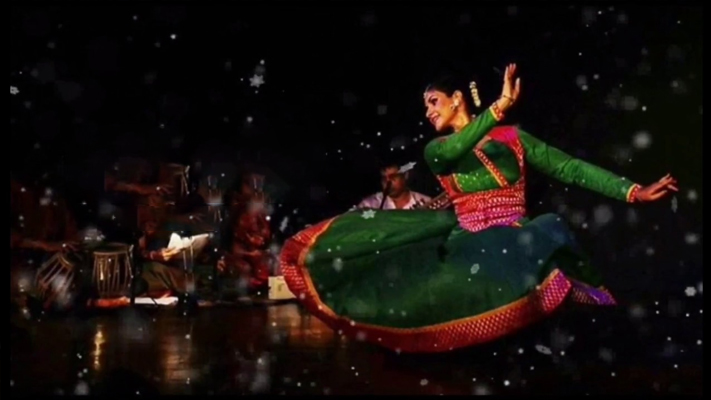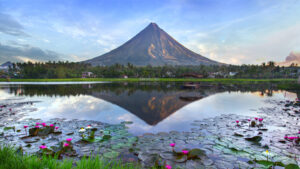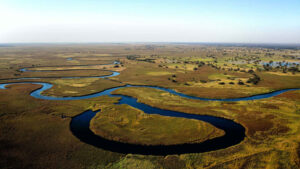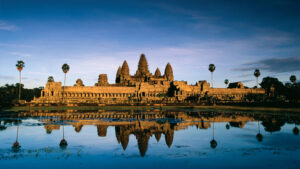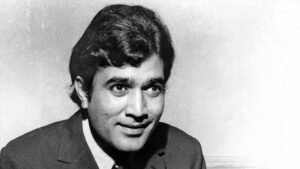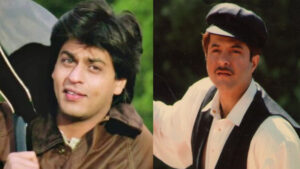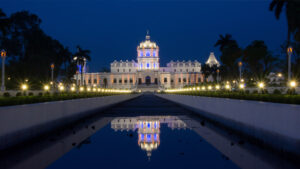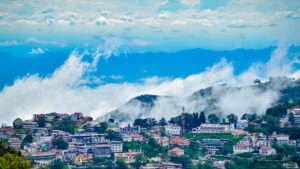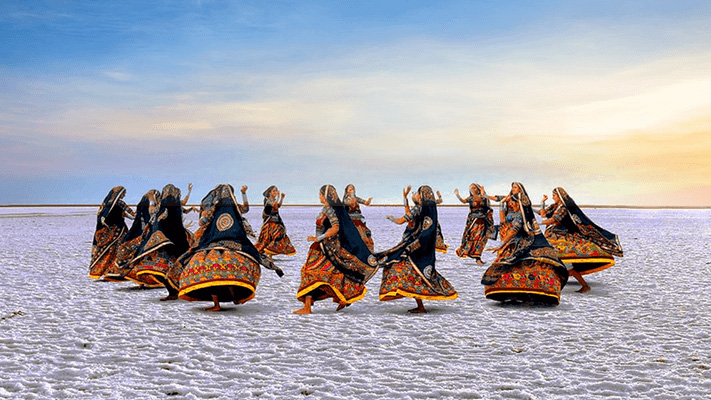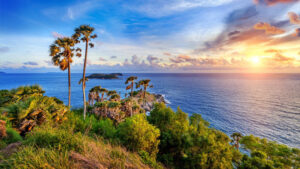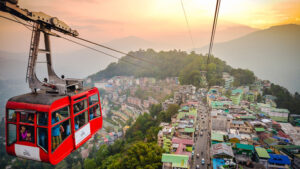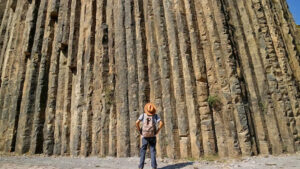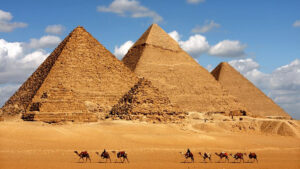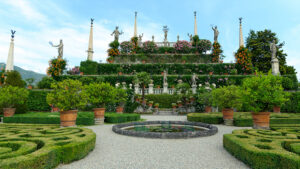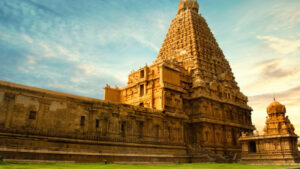10 CLASSICAL INDIAN DANCE FORMS AND THEIR STATES OF ORIGIN – FROM DIVINE EPICS TO FOLKLORE TALES

India is a land of rich cultural traditions, and classical Indian dance forms hold a special place in its artistic heritage. These dance forms have evolved over centuries, showcasing a captivating blend of rhythm, grace, storytelling, and expressive movements. From the intricate footwork of Bharatanatyam to the vibrant costumes of Kathakali, each dance form carries its own unique essence and originates from specific states across the country. These classical Indian dance forms serve as a vibrant tapestry, reflecting the cultural diversity and artistic prowess that India has to offer. Steeped in tradition, these dances continue to enchant audiences worldwide, mesmerizing with their elegance, precision, and the stories they tell through the language of movement.
Here are ten classical Indian dance forms and their states of origin:

1. Bharatanatyam – Tamil Nadu
Bharatanatyam, the ancient and mesmerizing classical dance form, finds its origins in the southern state of Tamil Nadu. With its roots deeply embedded in the temples of the region, Bharatanatyam is a captivating blend of rhythm, grace, and storytelling. This dance form embodies the essence of Tamil culture, showcasing intricate footwork, expressive hand gestures, and fluid body movements. Dancers adorned in vibrant costumes and intricate jewelry bring alive mythological tales and ancient scriptures through their performances. The rhythmic patterns, known as adavus, and the melodic compositions enhance the emotional depth and artistic expression of Bharatanatyam. As one of the oldest and most widely recognized classical dance forms in India, Bharatanatyam continues to captivate audiences around the world with its beauty, devotion, and timeless appeal.
2. Kathak – Uttar Pradesh
Kathak, a captivating classical dance form, originates from the northern state of Uttar Pradesh in India. With its roots in the storytelling traditions of the ancient Indian courts, Kathak is renowned for its intricate footwork, graceful movements, and expressive storytelling. The dancers, known as Kathakas, skillfully combine rhythmic footwork, graceful spins, and intricate hand gestures to portray various emotions and narratives. The dance form evolved under the patronage of the Mughal rulers, resulting in a beautiful fusion of Hindu and Islamic aesthetics. Kathak performances often incorporate elements of poetry, music, and rhythmic compositions known as taals. The dancers’ colorful costumes, adorned with intricate embellishments, add to the visual splendor of the art form. Today, Kathak continues to enchant audiences with its elegance, intricate technique, and evocative storytelling, showcasing the cultural richness of Uttar Pradesh and leaving a lasting impression on spectators worldwide.
3. Kathakali – Kerala
Kathakali, a majestic classical dance-drama form, hails from the southern state of Kerala in India. Originating from the vibrant traditions of Malayalam literature, Kathakali is renowned for its elaborate makeup, vibrant costumes, and powerful expressions. This art form combines dance, music, acting, and storytelling to bring to life mythological tales and epics. The performers undergo rigorous training in facial expressions, hand gestures, and body movements to convey various characters and emotions. With its distinctive facial makeup and larger-than-life costumes, Kathakali transports audiences to a world of gods, demons, heroes, and mythical creatures. The dance-drama unfolds through a series of rhythmic footwork, dynamic movements, and powerful gestures, accompanied by melodious music and rhythmic percussion. Kathakali, with its rich cultural heritage and visually stunning performances, continues to captivate audiences, immersing them in the mystical realm of Kerala’s artistic traditions.
4. Odissi – Odisha
Odissi, a mesmerizing classical dance form, originates from the eastern state of Odisha in India. With its roots deeply embedded in the temples of the region, Odissi is a captivating blend of grace, expressions, and sculpturesque poses. This dance form reflects the rich cultural heritage and devotion of Odisha. Odissi dancers portray mythological stories, love, and spiritual themes through their intricate footwork, graceful movements, and elaborate hand gestures known as mudras. The dancers’ costumes, adorned with vibrant textiles and traditional jewelry, add to the visual allure of the performance. Odissi’s unique feature is the tribhangi, a distinctive three-part bend of the body, expressing beauty and grace. The music accompanying Odissi is a melodic blend of vocals, percussion, and instruments like the sitar and flute. With its intricate technique, lyrical movements, and evocative expressions, Odissi has captured the hearts of audiences worldwide, showcasing the cultural richness and artistic brilliance of Odisha.

5. Manipuri – Manipur
Manipuri, a captivating classical dance form, originates from the northeastern state of Manipur in India. Rooted in the region’s rich cultural heritage and religious traditions, Manipuri dance is known for its delicate movements, lyrical grace, and devotional expression. The dance form draws inspiration from the ancient Lai Haraoba festival, which celebrates the deities of Manipur. Manipuri dancers, both male and female, wear vibrant costumes, often adorned with intricate embroidery and traditional motifs. The dance style emphasizes fluid hand gestures, gentle footwork, and graceful body movements. The music accompanying Manipuri dance includes melodious tunes, rhythmic beats, and soulful vocals, creating an enchanting atmosphere. This art form often depicts themes from Hindu mythology, love stories, and the region’s folklore. Manipuri dance is characterized by its circular movements and the use of cylindrical drums called pung, which are an integral part of the performance. With its elegance, spirituality, and cultural significance, Manipuri dance continues to captivate audiences, transporting them into the enchanting world of Manipur’s artistic traditions.
6. Mohiniyattam – Kerala
Mohiniyattam, a graceful classical dance form, hails from the southern state of Kerala in India. With its origins deeply rooted in the rich cultural heritage of Kerala, Mohiniyattam is known for its gentle, fluid movements, expressive gestures, and subtle expressions. The name “Mohiniyattam” translates to “dance of the enchantress,” emphasizing the captivating charm of the dance style. Traditionally performed by women, Mohiniyattam narrates stories of love, devotion, and mythology. The dancers, adorned in beautiful white and gold costumes, move with grace and elegance, swaying and gliding across the stage. The hand gestures, known as mudras, are intricate and precise, enhancing the storytelling aspect of the dance. The music accompanying Mohiniyattam includes soulful melodies, rhythmic beats, and poetic lyrics. The unique feature of Mohiniyattam is its emphasis on lasya, the feminine aspect of dance, which is characterized by soft and graceful movements. Through its subtle expressions and delicate footwork, Mohiniyattam captures the essence of Kerala’s cultural traditions, immersing audiences in its enchanting and serene beauty.

7. Kuchipudi – Andhra Pradesh
Kuchipudi, an enchanting classical dance form, originates from the southern state of Andhra Pradesh in India. With its roots in the village of Kuchipudi, this dance form combines elements of dance, music, and acting to create a vibrant and expressive art form. Kuchipudi is known for its intricate footwork, fast-paced movements, and dynamic storytelling. The performers, both male and female, showcase a range of characters, from gods and goddesses to mythological figures and everyday people. Kuchipudi performances often incorporate dramatic sequences, graceful gestures, and expressive facial expressions, captivating the audience with their artistry. The accompanying music, featuring traditional Carnatic melodies, rhythmic percussion, and melodic instruments, complements the movements of the dancers. Kuchipudi costumes are characterized by vibrant colors, detailed embellishments, and traditional jewelry, enhancing the visual splendor of the dance. This classical form continues to evolve while preserving its traditional essence, showcasing the cultural richness and artistic brilliance of Andhra Pradesh to audiences worldwide.
8. Sattriya – Assam
Sattriya, a captivating classical dance form, originates from the northeastern state of Assam in India. Rooted in the religious traditions of the region, Sattriya is associated with the Vaishnavite monastic practices of Assam’s Sattras (monasteries). It is performed as a form of devotion and storytelling. Sattriya dance showcases a unique blend of fluid movements, rhythmic footwork, and graceful hand gestures. The dancers, both male and female, portray various characters from Hindu mythology and epics. The performances are accompanied by soulful music, which includes vocals, drums, cymbals, and traditional instruments like the flute and violin. Sattriya dancers wear traditional costumes, including intricately designed silk attire, distinctive headgear, and traditional jewelry. The dance form features intricate footwork, graceful spins, and dramatic expressions, evoking a sense of spirituality and devotion. Sattriya has gained recognition as a classical dance form in recent years and continues to enchant audiences with its cultural richness, spiritual depth, and artistic finesse, showcasing the cultural heritage of Assam on a global stage.
9. Yakshagana – Karnataka
akshagana, a vibrant classical dance-drama form, finds its roots in the southern state of Karnataka, India. This traditional art form is an amalgamation of dance, music, dialogues, elaborate costumes, and makeup. Yakshagana depicts mythological stories from Hindu epics like the Mahabharata and the Ramayana, as well as local folklore and legends. The performers, known as artists, bring characters to life through dynamic movements, dramatic gestures, and expressive facial expressions. Yakshagana is characterized by its energetic footwork, intricate hand gestures, and rhythmic drumming. The performances often take place in open-air stages and are accompanied by live music played on traditional instruments like the maddale (drum) and chande (cymbals). The colorful costumes, ornate jewelry, and elaborate headgear add to the visual splendor of Yakshagana. This centuries-old art form showcases the cultural richness and artistic traditions of Karnataka, captivating audiences with its vibrant performances and the immersive storytelling experience it offers.

10. Garba – Gujarat
Garba is a lively and vibrant traditional dance form that originates from the western state of Gujarat in India. Associated with the Navaratri festival, Garba celebrates the worship of the Hindu goddess Amba (Durga). It is performed in a circular formation by both men and women, who gracefully move in rhythmic patterns while clapping their hands and twirling with colorful sticks or dandiyas. The dance is accompanied by traditional folk music, characterized by fast-paced beats and melodious tunes. The dancers wear traditional attire, with women donning vibrant chaniya cholis (embroidered skirts and blouses) and men wearing kediyus (loose shirts) and dhotis. Garba is not just a dance but a joyous celebration of community, culture, and devotion. It brings people together, fostering a sense of unity and creating an atmosphere of joy and revelry. The infectious energy and exuberance of Garba have made it popular not only in Gujarat but also around the world, where people of all backgrounds come together to experience the spirit of this enchanting dance form.


